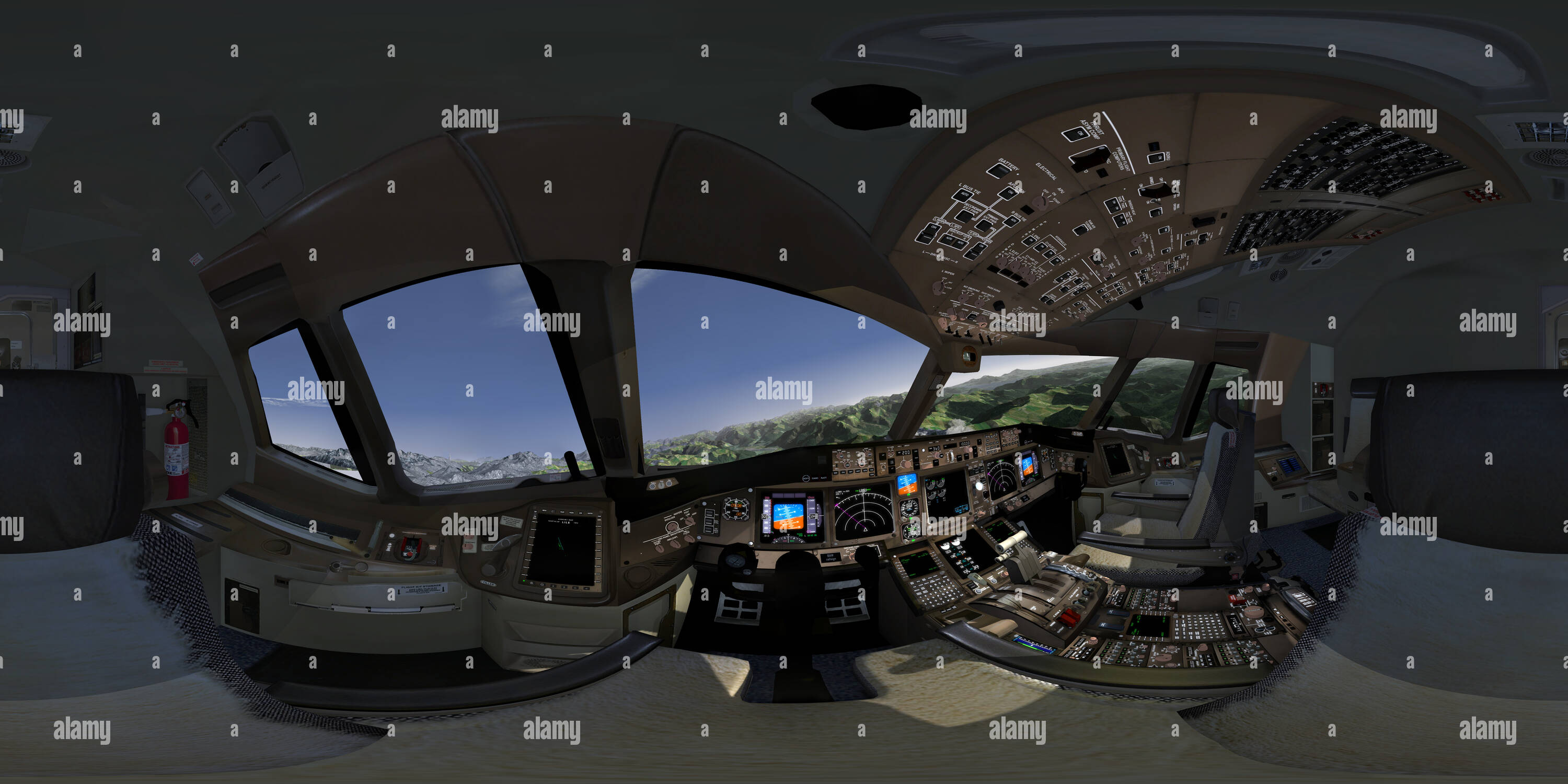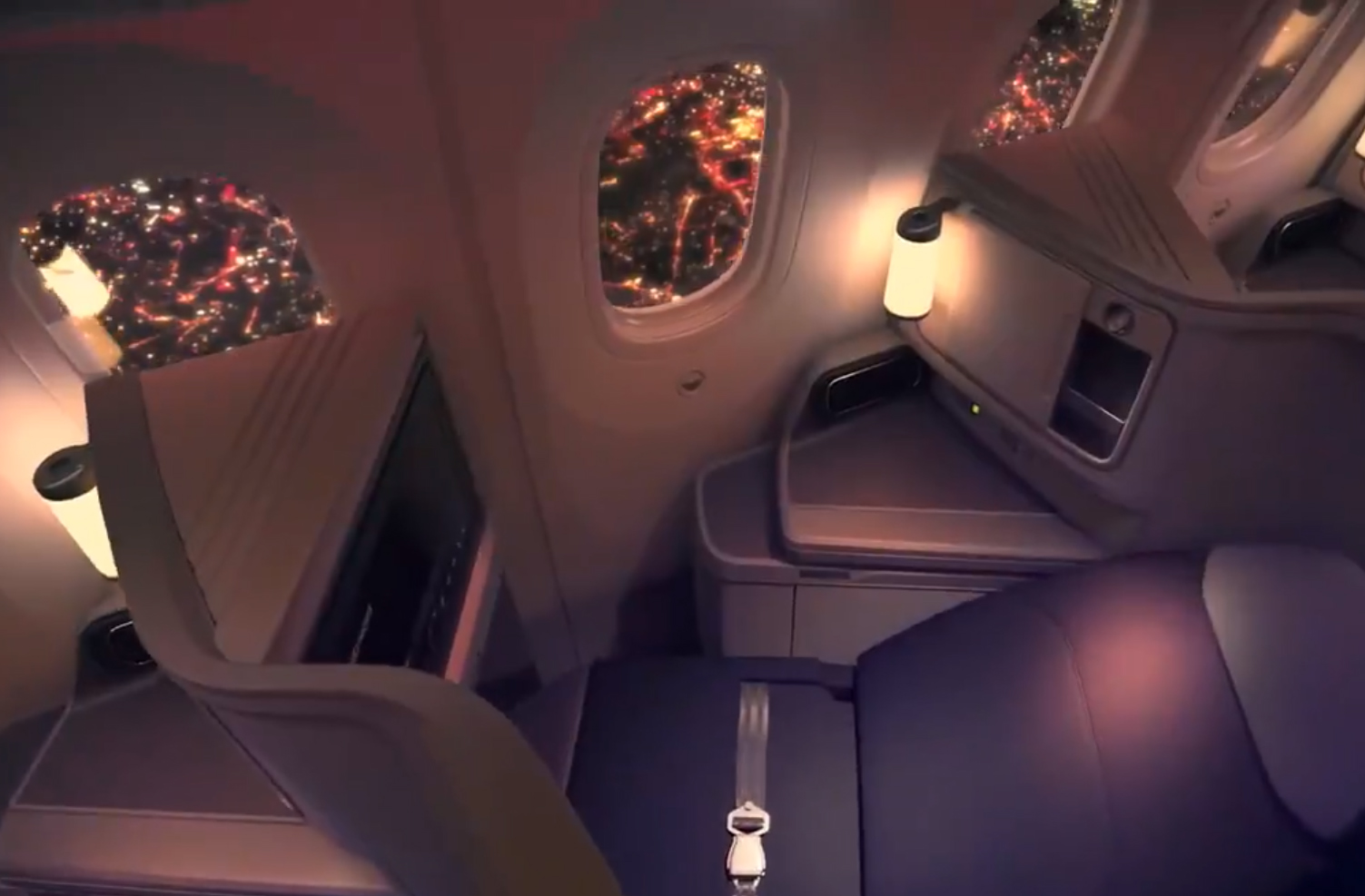
These longer-haul variants use 110,000–115,300 lbf (489–513 kN) GE90 engines and have extended raked wingtips. These 777 Classics were powered by 77,200–98,000 lbf (343–436 kN) General Electric GE90, Pratt & Whitney PW4000, or Rolls-Royce Trent 800 engines. The original 777 with a maximum takeoff weight (MTOW) of 545,000–660,000 lb (247–299 t) was produced in two fuselage lengths: the initial 777-200 was followed by the extended-range -200ER in 1997 and the 33.25 ft (10.13 m) longer 777-300 in 1998. The 777 became the first Boeing airliner to use fly-by-wire controls and to apply a composite structure in the tailplanes. The jetliner is recognizable for its large-diameter turbofan engines, six wheels on each main landing gear, fully circular fuselage cross-section, and a blade-shaped tail cone. The Triple Seven can accommodate a ten–abreast seating layout and has a typical 3-class capacity of 301 to 368 passengers, with a range of 5,240 to 8,555 nautical miles (9,700 to 15,840 km 6,030 to 9,840 mi). Longer-range variants were launched in 2000, and first delivered in 2004. The 777 entered service with the launch operator United Airlines in June 1995. The prototype was rolled out in April 1994, and first flew in June. Developed in consultation with eight major airlines, the 777 program was launched in October 1990, with an order from United Airlines. The jetliner was designed to bridge the gap between Boeing's other wide body airplanes, the twin-engined 767 and quad-engined 747, and to replace aging DC-10s and L-1011 trijets. The 777 is the world's largest twinjet and the most built wide-body airliner.


The Boeing 777, commonly referred to as the Triple Seven, is an American long-range wide-body airliner developed and manufactured by Boeing Commercial Airplanes. 1,716 as of August 2023 based on deliveries


 0 kommentar(er)
0 kommentar(er)
